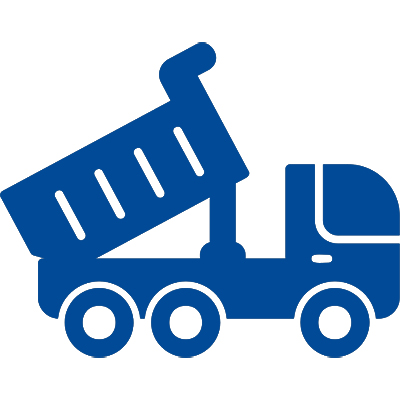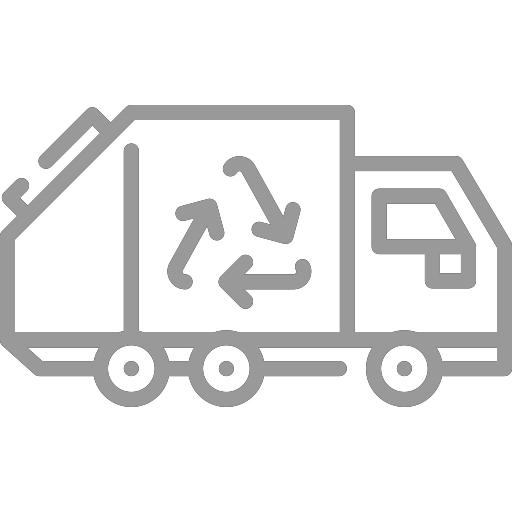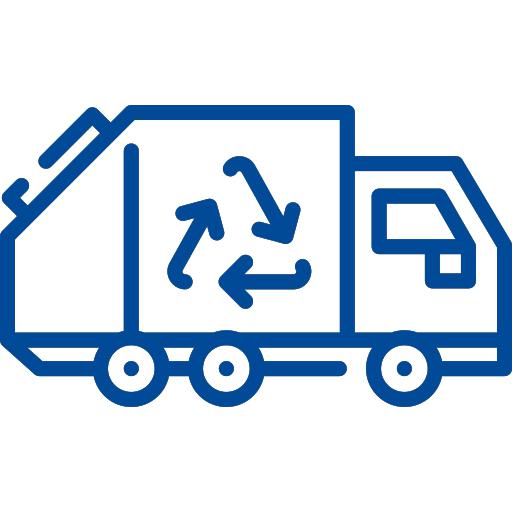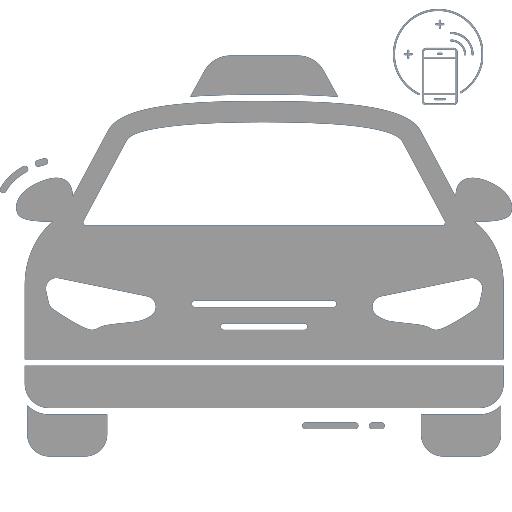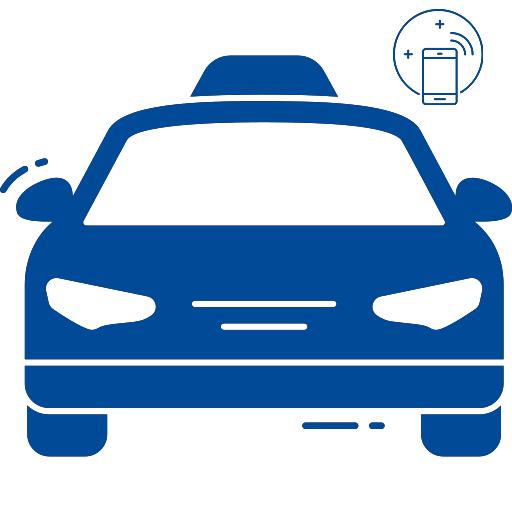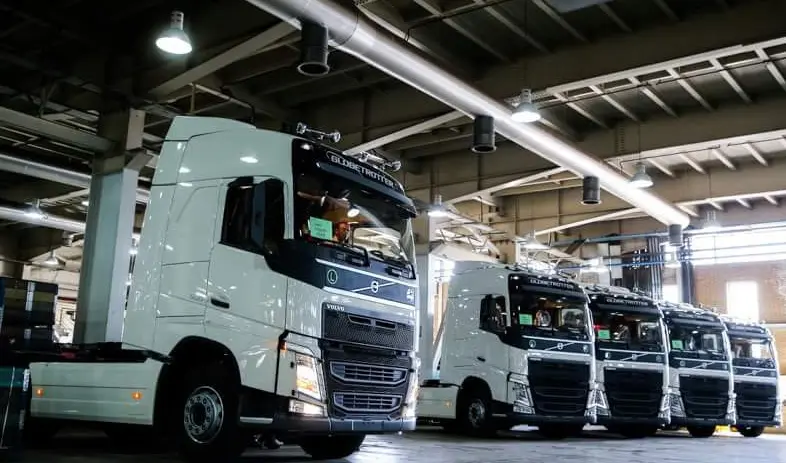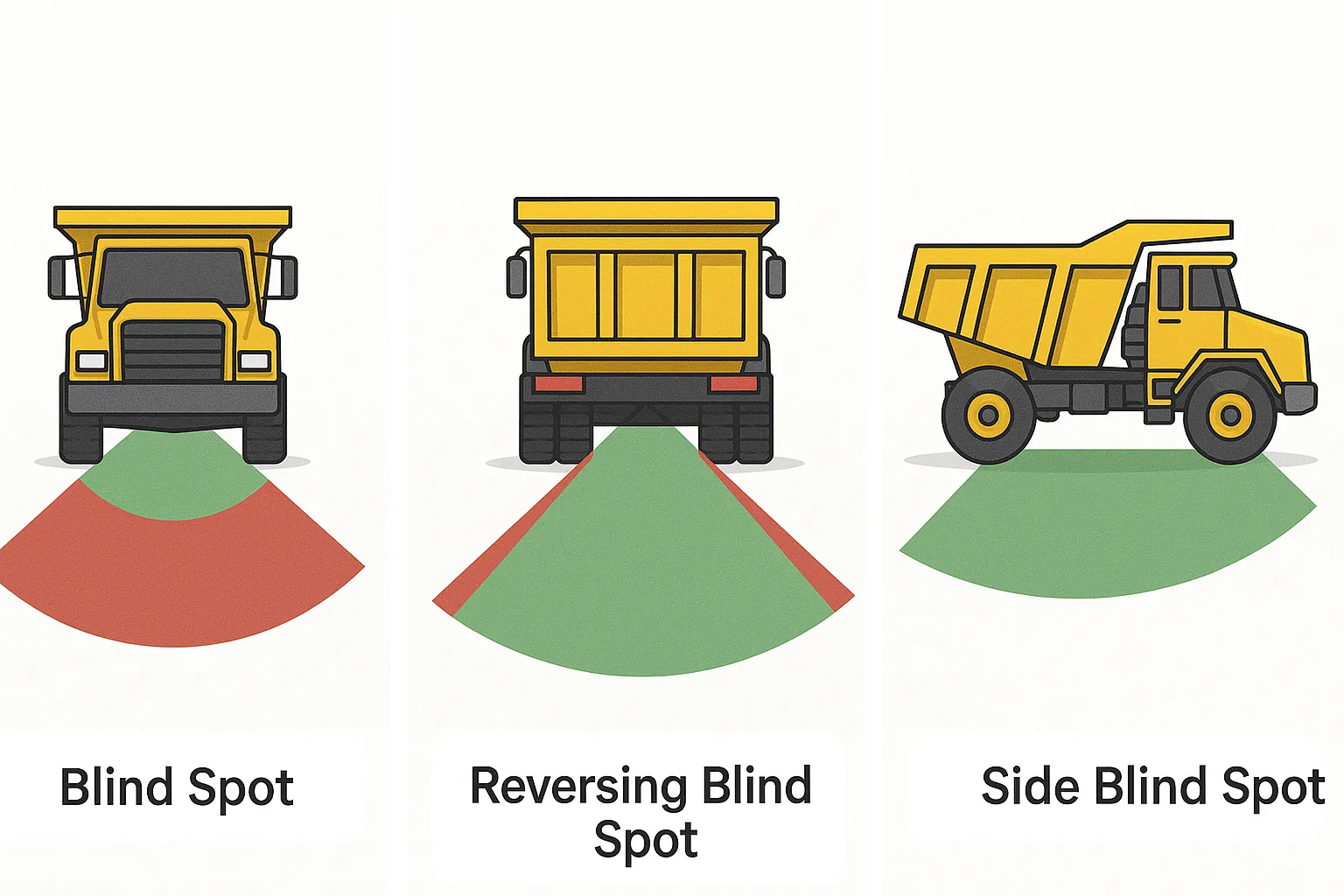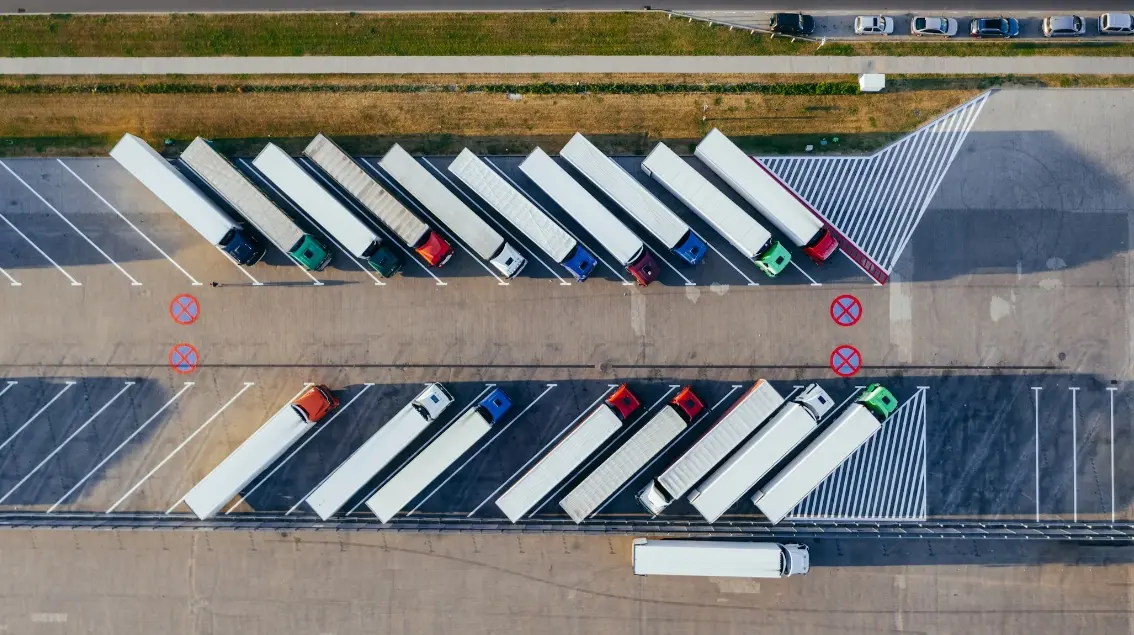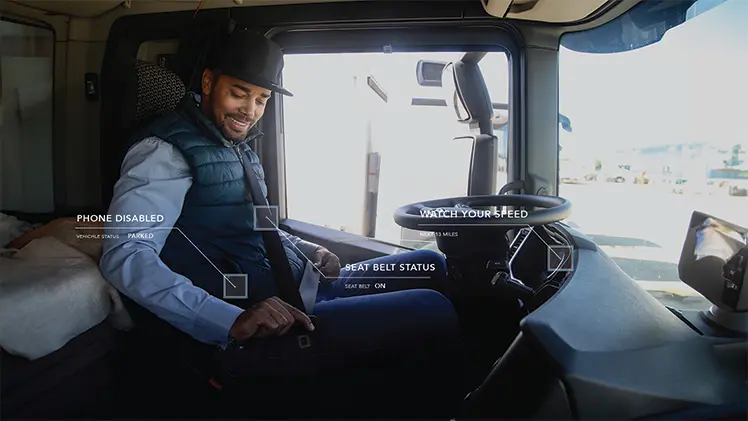Fleet Dashcam Guide: Enhancing Safety
Fleet Dashcam Guide
If dash cams are not yet a part of your fleet management system, it might be time to consider adding them. Dash cams are essential for improving safety, efficiency, and ensuring your fleet remains compliant with regulations.
What is a Fleet Dashcam?
A fleet dashcam is a video device installed in commercial vehicles that monitors driving behavior and records road events. From simple front-facing cameras to AI-driven advanced systems, features include:
Front and rear dual cameras, interior and exterior high-definition video recording
Distraction and fatigue driving detection
Real-time streaming
Driver coaching and scoring
Integration with OEM telematics systems
These technologies enhance fleet management and safety. Choosing the right dashcam is crucial for driver safety and the value of the data it collects.
Five Key Benefits of Dashcams
1. Enhance Driver Safety
Dashcams monitor and improve driving behavior, with AI systems providing real-time guidance to reduce accident risk.
2. Provide Accident Evidence
Dashcams provide collision evidence to help resolve disputes and prevent false claims.
3. Save Costs
Dashcams reduce insurance premiums, lower accident-related costs, and decrease vehicle wear through better training. For instance, a construction fleet saved 5% on insurance premiums after using YUWEI.
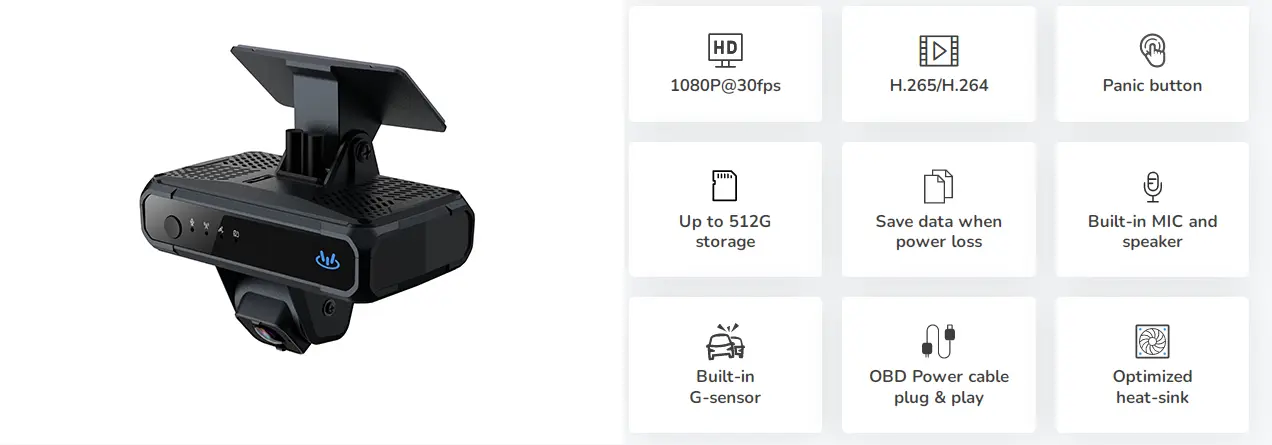
4. Real-Time Monitoring and Alerts
The YUWEI V8N can alert in real-time to dangerous behaviors (such as hard braking, speeding, distracted driving) and supports remote live streaming, allowing managers to supervise drivers in real time.
5. Enhance Training and Feedback
Recording footage serves as a training tool to help managers provide feedback and improve driving behavior.
YUWEI V8N Smart Dashcam
Features of the YUWEI Dashcam System:
1. High-definition video: Clearly records details
2. Wide-angle view: Covers more of the road, reducing blind spots
3. Dual cameras: Records both inside and outside the vehicle
4. GPS and telematics integration: Tracks vehicle location and speed
5. Cloud storage and real-time access: View footage at any time
6. AI smart features: Automatically detects dangerous behaviors and sends alerts
Installation and Best Practices
1. Communicate with Drivers
Clearly explain the purpose of the dashcam, emphasizing safety and accountability to gain driver trust. 87% of drivers support dashcams with cameras facing them.
2. Reward, Don’t Monitor
Use footage to recognize good behavior and as a training tool.
3. Regular Data Reviews
Review data regularly to identify trends, address issues, and praise exemplary driving behavior.
4. Comply with Privacy Regulations
Understand and comply with local laws about dashcams, and inform drivers of their rights.
5. Choose Scalable Systems
Select flexible systems that can adapt to future fleet expansion needs.
More:GPS Fleet Telematics | School Bus Camera Systems | Backup Camera for Tanker Truck
















